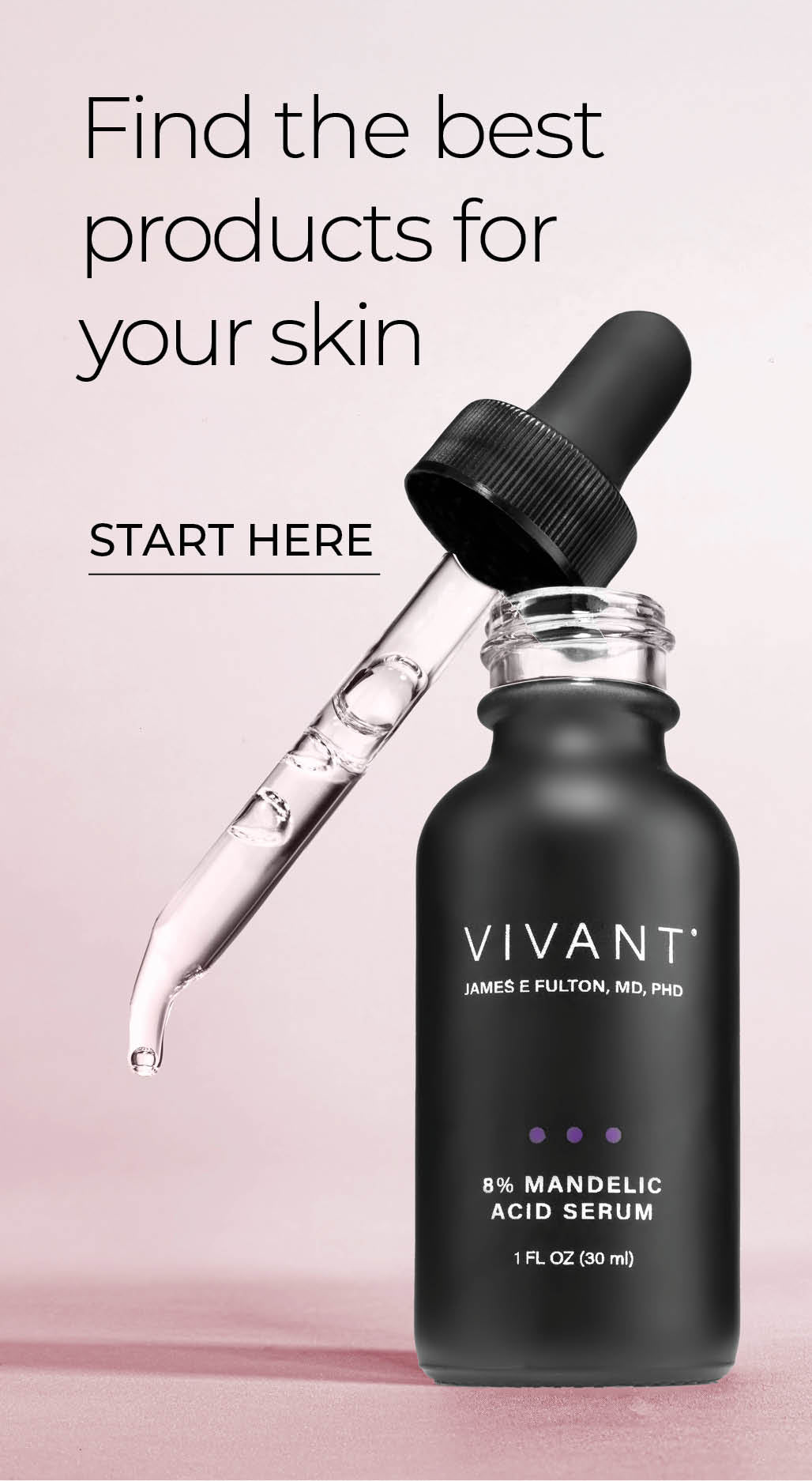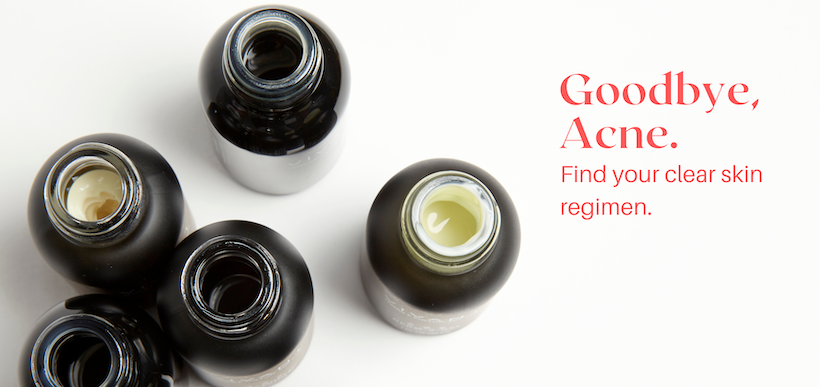Top three ways to rate your ingredients

They’re called key ingredients for a reason. They unlock changes in the skin—or at least they should. But not all ingredients that promise Tiktok-worthy results deliver.
So how can you tell which ingredients perform and which are just empty promises?
Ask three simple questions.
Is the ingredient readily absorbed by the skin?
Your skin acts as a barrier keeping things like bacteria, irritants, pollutants out while allowing requisite oxygen and hydration through to keep your body healthy. Only the smallest particles can make it through. Many skin care ingredients have too large a molecular structure to get past the skin barrier and reach the lower layers of the dermis where they can effect change. If the critical ingredients in your skin care can’t get to the lower levels of the skin, they can’t do the job of improving skin tone and texture.
Which retinoid is best?
The most common of retinoids, vitamin A palmitate, proves size matters. Its larger molecular structure keeps it from penetrating the skin, so it’s only able to work on the surface with limited results.
Retinyl (Vitamin A) Propionate, the patented ingredient in Vivant’s Vitamin A therapies, has a molecular size closer to pure retinoic acid, which allows it to reach the critical layers of the skin to bring faster, more dramatic results.
3. Does the ingredient have a proven biochemical mechanism of action?
Claims are one thing. Clinical studies are another. To earn “key” status, ingredients must be shown to work. They must:
- Target specific cellular components
- Impart measurable change
Proven and studied ingredients include:
- Retinoids
- Benzoyl Peroxide
- Mandelic Acid
- Vitamin C
- Hydroquinone
- Niacinamide
- Alpha-hydroxy acids (AHAs)
Is the percentage of the ingredient in the formula sufficient to make a difference?
Effective ingredients are expensive. To save on formulation costs, some manufacturers use them at trace levels.
- Tip : If you’re buying a peptide serum and “peptide” appears at the bottom of the ingredient list, you’re not actually buying a peptide serum—you’re buying filler.
- Low concentration means no meaningful boost to collagen or hyaluronic acid production.
4. One more test: Formulation
Even if an ingredient passes the three tests above, there’s one more factor— formulation .
A gold-standard ingredient can be rendered ineffective in the wrong base.
Example: Benzoyl Peroxide
- On its own, it’s unstable.
- To remain effective, it must be suspended in a proper base—a stabilized, water-based gel.
- If you’ve ever bought a benzoyl peroxide product and had lackluster results, the formulation was to blame.
In fact, Dr. James Fulton discovered this in 1972 when he developed the stabilized form of benzoyl peroxide that became an industry standard.
The Bottom Line
If an ingredient can answer “yes” to all three questions—
Can it penetrate the skin?
Is the percentage sufficient?
Is there a proven mechanism of action?
—and it’s delivered in the right formulation, it deserves a place in our products and on your shelf.
That’s how you know it’s a true key ingredient .


Comments